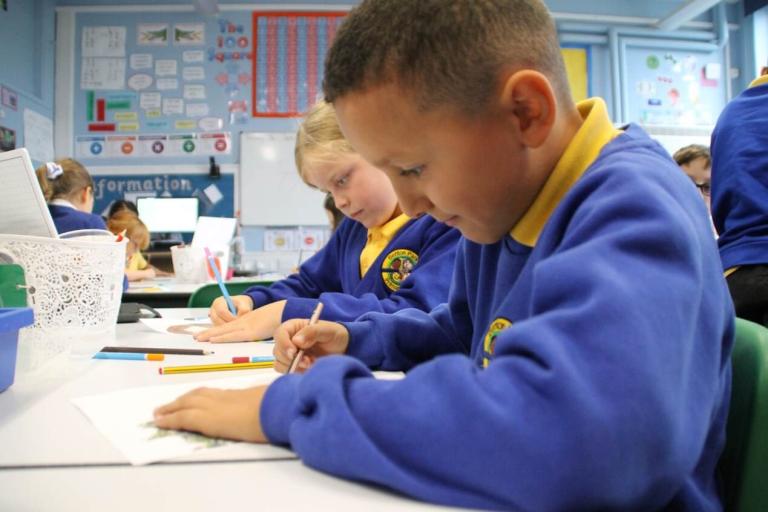All Special Educational Needs (SEN) support begins with high-quality teaching. This focuses on many things including:
- Understanding the needs of each child or young person
- Clearly planning and delivering lessons
- Having high expectations for all learners
- Modelling and explaining tasks clearly
- Adapting teaching and using support to meet diverse needs
- Delivering engaging and accessible learning experiences
We call this Quality First Teaching. If you work in education, or you want to read more, you can read our guidance on supporting children and young people who have additional needs in mainstream schools.
Some students with Special Educational Needs and Disabilities (SEND) will need extra and more tailored support.

Examples of SEN support
You can view some examples in the table below. However, it is impossible to list every single way support could be given. This is because support is based on the area and level of need.
Take a look at these guides for specific examples:
- the Descriptors of Need (DoN) guides (ages 0 to 25), for an overview you can read our how is SEN support decided page that explains these guides.
- pages 18 to 51 of our guidance for schools (for students aged 5 to 16)
| Areas for SEN Support | Examples |
|---|---|
| Teaching strategies |
|
| Classroom environment |
|
| Equipment and resources |
|
| Interventions |
|
| Timetables |
|
What if a student is still struggling or needs more support?
Schools can contact SEND Advice and Support Allocation Panel (SEND ASAP) for specialist support. They can ask for:
- advice and training from specialist teachers
- funding to support individual children
Only schools, settings, or other professionals can apply through SEND ASAP. However, you can ask the school's SENCO or class teacher to consider applying.
For students with more complex needs, an Education Health and Care Plan (EHCP) may be appropriate.
